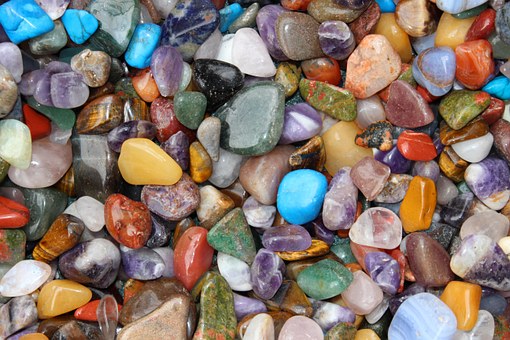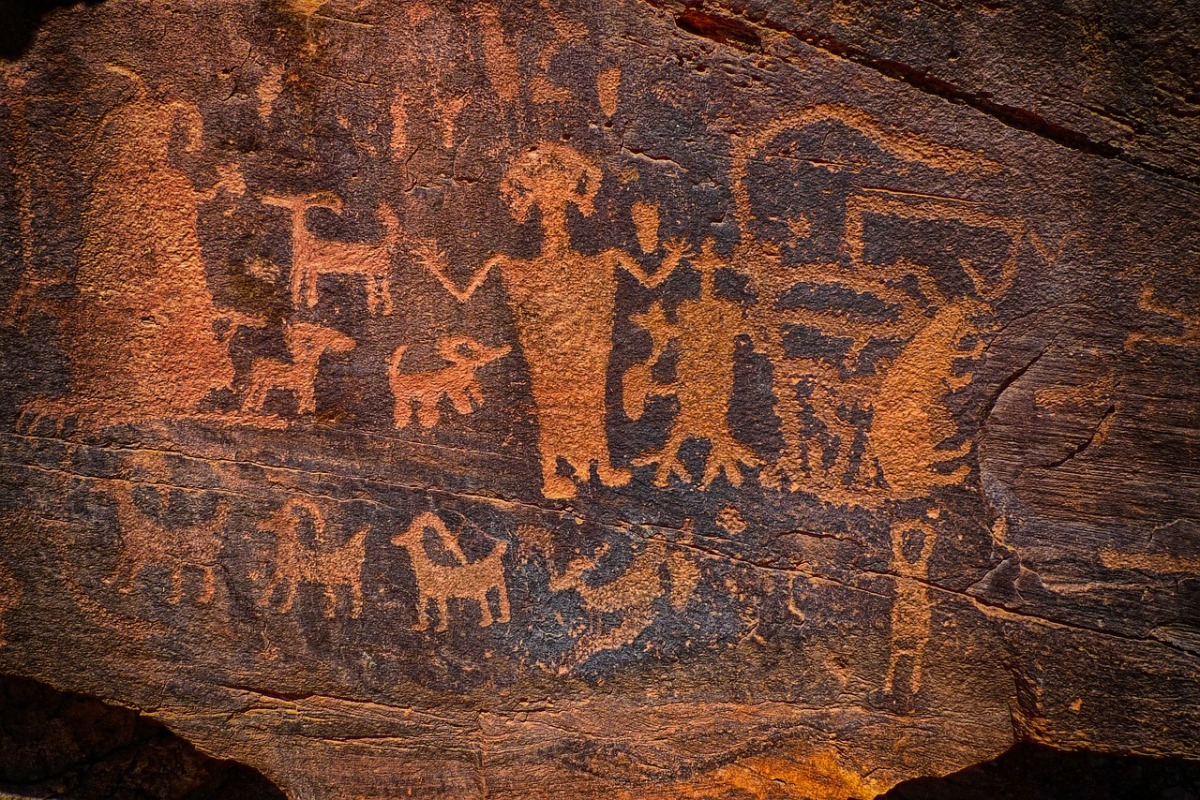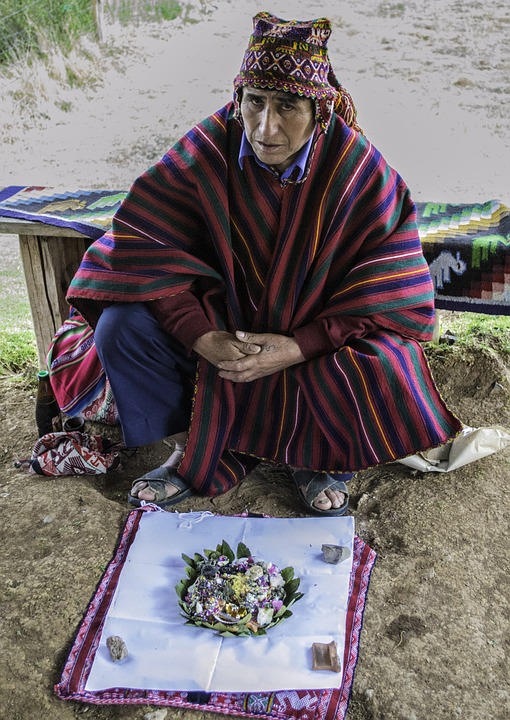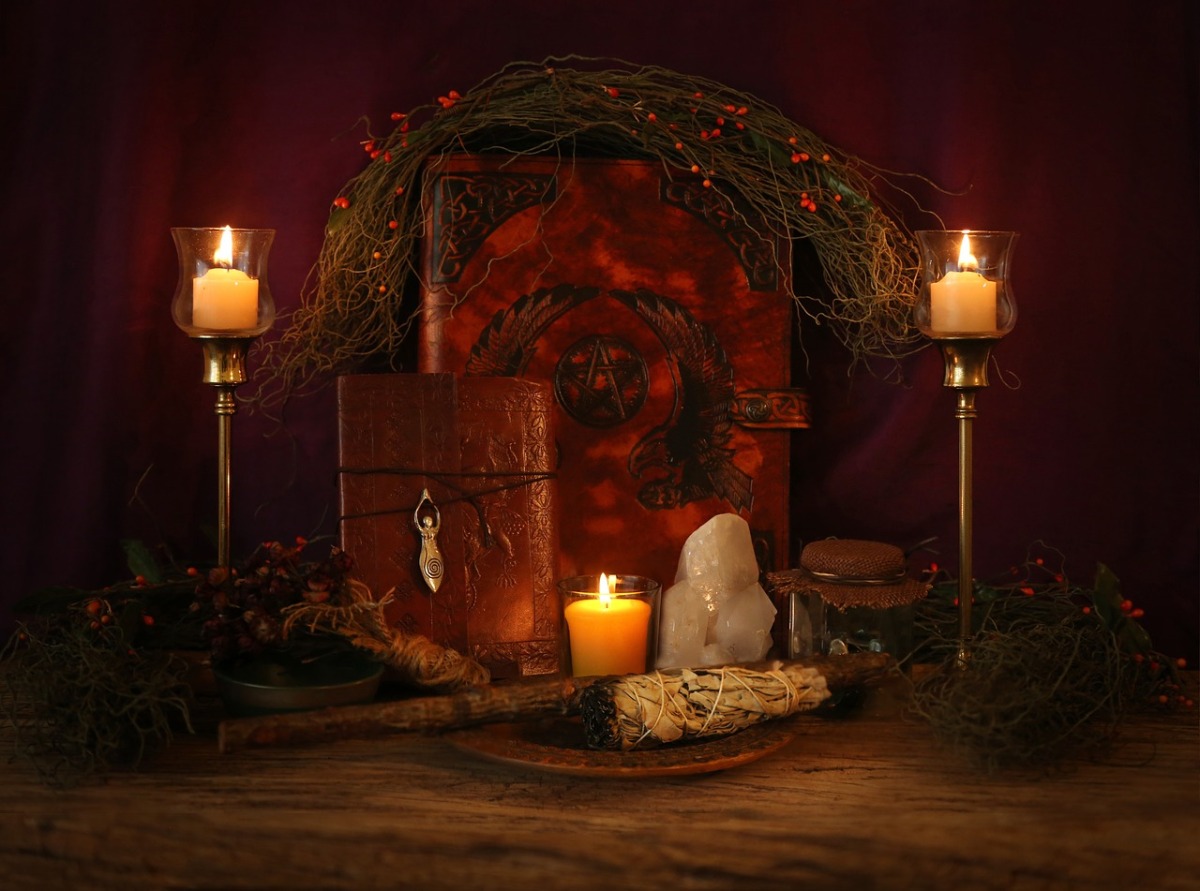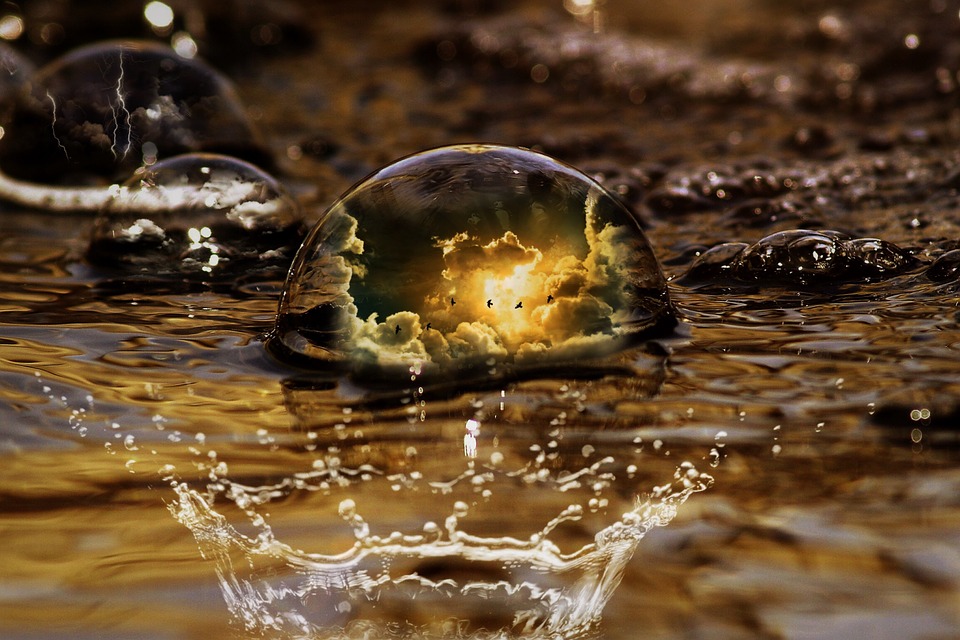Fritillaria thunbergii
Fritillaria is an Oriental lily that is gathered in the early summer after the aerial (aboveground) parts of the plant have withered. Herbal medicine uses thick slices of the rhizome.
Using the right species of fritillaria is important. Asian herbalists use a second variety of fritillaria, Fritillaria cirrhosa, that is toxic without careful processing.
Tag: important
*Aquamarine*
*Divinatory Interpretation*
*Aquamarine is a sign of communication in a reading. The interpretation of the reading will depend on whether the stone is located in a favourable or a difficult position. In a favourable position, this stone suggests companionship, conviviality, and a sharing of joy and optimism with loved ones. When surrounded by difficult energies, however, aquamarine may suggest that thoughtless gossip or the spreading of lies is causing problems. It may also indicate deception. Like imitations of the stone itself, this sort of behaviour will become clear if you patiently examine the situation from many different angles. It is important, thought, not to become to emotionally involved- in other words, keep your cool. In some positions, aquamarine may also suggest travel over water.
The Black Stone – the Omphalos of the Goddess
Bob Trubshaw
Long-suffering readers of Mercian Mysteries will know of my obsession with ‘omphali’ – the sacred centres which each civilisation seems to create or adopt. Many of these involve stones – the Lia F il (Stone of Destiny) at Tara or the various ‘king stones’ (such as Kingston upon Thames) where medieval English kings were crowned. Our monarchs still sit on, or at least above, the Stone of Scone for their coronation. But some of these sacred stones have special interest – they are (or are said to be) black. Such Black Stones also tend to have the legend that they have fallen from the stars. Clearly, meteorites the size of these large boulders would explode into tiny fragments on impact, and also leave a substantial crater. The literal truth is not important; rather the symbolism of such stones being a link between this world and the heavens is an integral aspect of the Cosmic Axis which is invoked by all sacred centres.
Continue reading “The Black Stone – the Omphalos of the Goddess”
Abstracts
complied by Bob Trubshaw
Prehistoric rock art – sacred knowledge?
Richard Bradley’s extensive surveys of British prehistoric rock art lead him to conclude that the abstract motifs used may have been chosen ‘because their meanings were never meant to be disclosed to the casual observer’. He notes ‘that they were the work of a society in which sacred knowledge was important’. Above all, such rocks are re-used in later megalithic monuments, clearly indicating sustained importance.
Richard Bradley, ‘Making sense of prehistoric rock art’, British Archaeology No.9 Nov 1995, p8-9
Eating under your own apple tree:
Celtic Shamanism in herbal practice.
Written by Andrew Johnson MAMH. MBANT. DThD. RIr.
Introduction: My interest in Celtic Shamanism started about nine years ago. I had been
running a successful clinical practice since 1984 and for many years been involved in the study and practice of Ayurveda. For some time I had been aware that on a deep level I felt like I was missing something important. This feeling persisted and I eventually realised it related to an inner call to reconnect with the land and traditional healing wisdom of my ancestors (of Britain and Ireland) and the herbs and animals of this land. I was feeling a sense of disconnection and loss, and felt instinctively that reconnection would in some way be healing for me. This feeling led me to join the Order of Bards, Ovates and Druids that gave me my first experience of Celtic Shamanism and healing. My experience since then has also been greatly deepened by training with the well-known Celtic scholars and authors Caitlin and John Matthews.
CHECKLIST FOR A WELL-WORKING GROUP
1. We are clear about our goals and how we intend to achieve them.
2. We know and respect each other well enough to feel very comfortable and attuned working together.
3. Our magickal is ethical, designed for our growth and fulfilment and the benefit of those who request help, and it never used to harm others.
4. We share the responsibilities of making the group work; every individual’s contribution is important.
Laima
by Aldis Putelis
Laima is the deity of fate, the personification of it, whether as luck or as bad luck. The name is similar to laime – “luck”, with both grammatical variants traceable in the folklore material. The name of this deity also differs in different sources. She assists childbirth, therefore is honored by both maidens and married wives, controls the most important events of a person’s life, such as birth, marriage and death. As a person may mention or even condemn the respective Laime, it may be understood that the concept 1) was in stage of turning into a synonym for liktenis – ‘fate’, 2) this deity is understood as opposable, although the judgment cannot be affected in any way. One of the first appearances of Laima in a document is again Paul Einhorn’s Historia Lettica (1649).
Juras mate
by Aldis Putelis
Juras mate (“sea mother”) is the goddess of the sea. She is one of the numerous mothers (see: Mates). She is said to be worshipped by fishermen and sailors, plays an important role in healing by magic, especially to stop bleeding. She is an obscure goddess and rarely mentioned in song texts. Still she is among the Mothers mentioned in 17th century texts.Whether the ritual demand of keeping the details in secret has led to these details being gradually lost along with the rituals of worship is just a speculation, but might be a reasonable one. One well known among the Livs (a Finnish people living in the coastal areas). Sometimes a view is expressed that “the mothers” are more characteristic for this people than Latvians, so it could be a borrowing as such.
Ritual of Casting Sacred Circle
Many times we are asked “how do you cast a circle ?”
There are so many different was that this can be done. Differs from each Tradition to the next. Even within our own Avaloian Tradition we make improvisations on this. The main factor is to cast a sacred space. A space that separates this world from the other. A space that we ourselves make holy. And that is what is important. A space that you set aside from all else, to glorify and exalt. For you are the one casting, cleansing, purifying, and setting it aside from all else.



